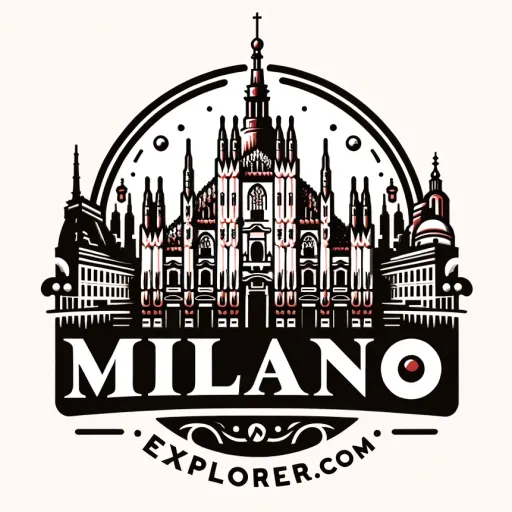Beyond the illustrious Duomo and the grandeur of The Galleria Vittorio Emanuele II, Milan’s art scene stretches into a labyrinth of hidden treasures that await discovery. Wander off the cobblestone paths and you’ll find that Milan is a canvas painted with secret art installations and obscure galleries. In the Brera district or down the winding streets of the city’s vibrant neighborhoods, these artistic enclaves invite explorers to experience a different side of Milan’s rich cultural tapestry.
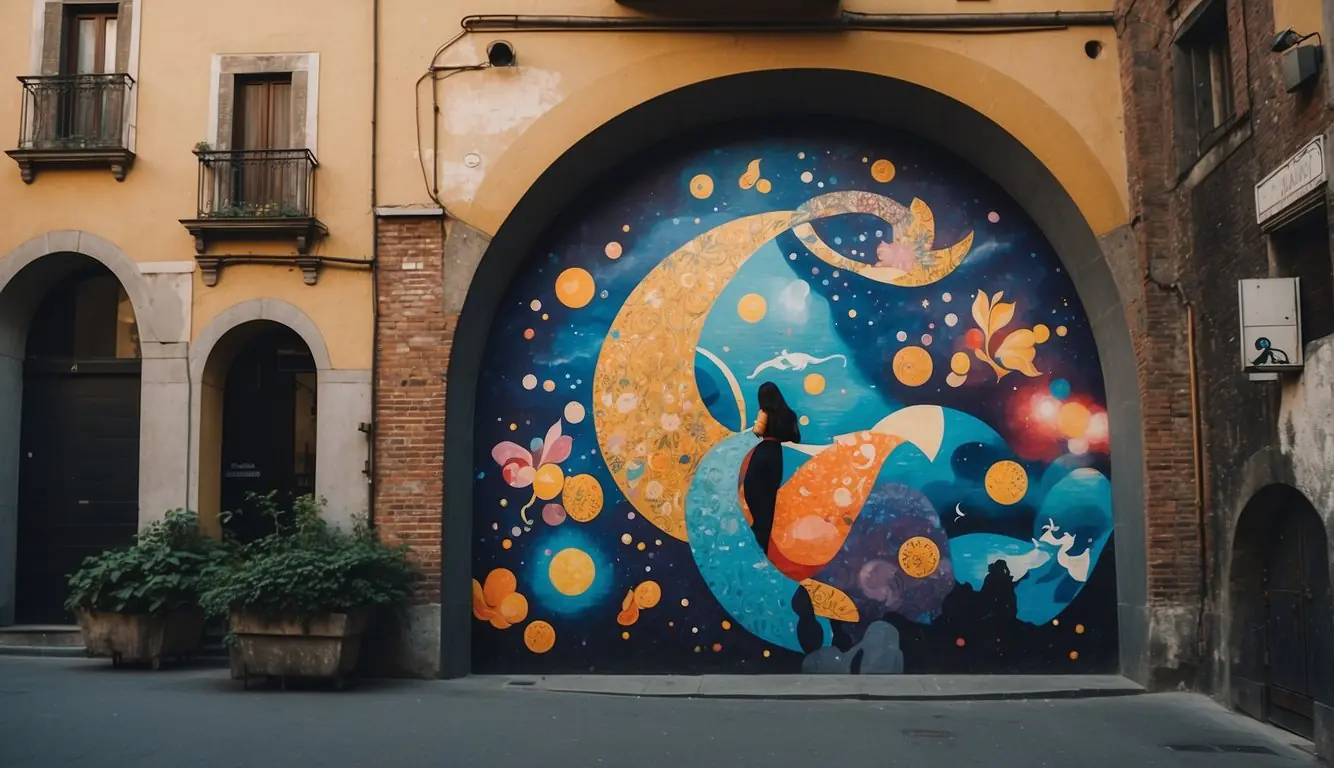
Our collective quest for artistic enlightenment leads us down the road less traveled, where the soul of Milan’s design culture is palpable in every nook and cranny. From the reimagined industrial spaces of the Bicocca area to the discreet charm of independent galleries, we are the vigilant seekers of these clandestine art forms. They blend seamlessly with the city’s aesthetic, each piece a whisper of Milan’s continuous conversation with contemporary art and design.
Milan Hidden Art Installations
Key Takeaways
- Milan’s art scene offers hidden installations beyond mainstream venues.
- The city’s design heritage is echoed in its under-the-radar art displays.
- Discovery of these sites offers a deeper connection to Milan’s artistic pulse.
History of Art in Milan
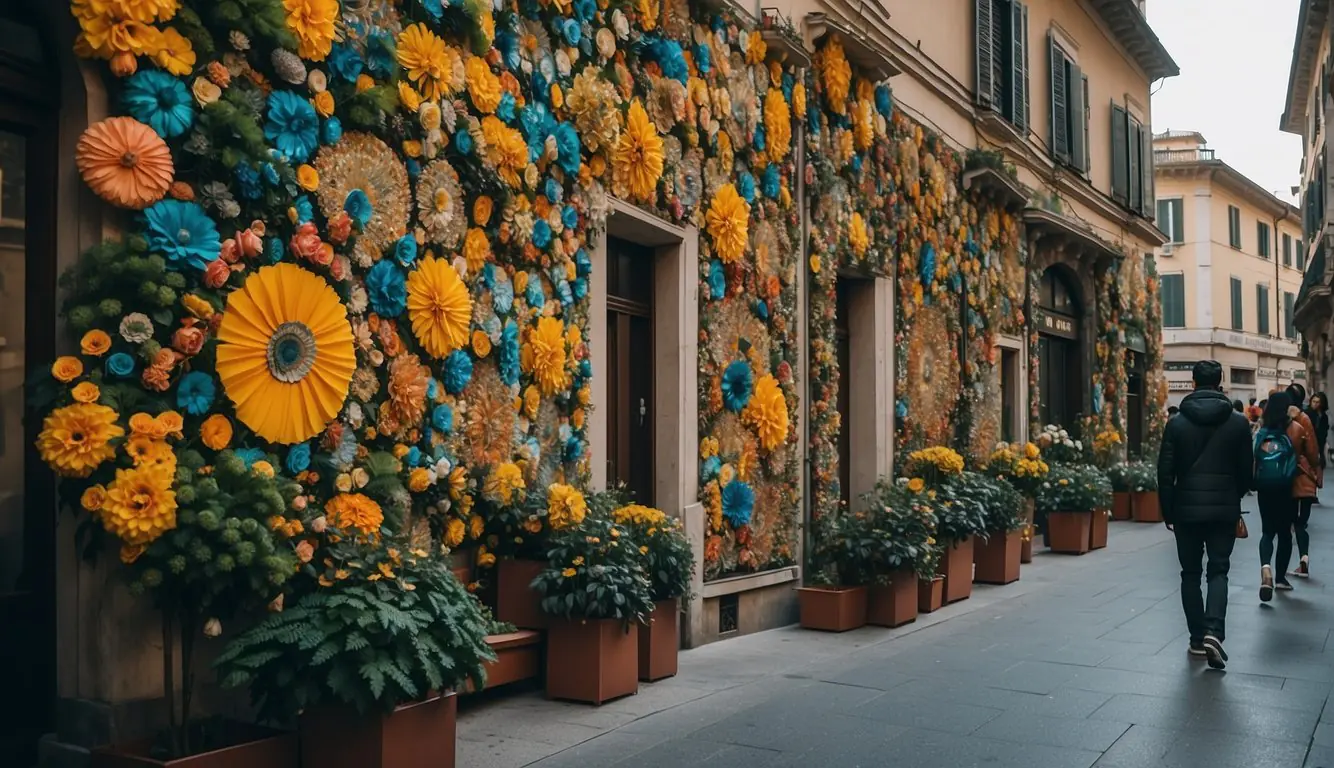
Milan’s art narrative is a tapestry of historical significance and evolutionary design. Its progression from Renaissance roots to modern movements highlights a city deeply entrenched in artistic transformation.
Renaissance Influence
During the Renaissance, Milan blossomed into an enviable cultural center, with artists such as Leonardo da Vinci contributing to its prestige. Da Vinci’s imprint on the city is indelible, most notably with his iconic mural, The Last Supper, located at the Convent of Santa Maria delle Grazie. Equally important is the Pinacoteca di Brera, a storied art collection residing in the Brera district. Here, masterpieces of the Renaissance period are meticulously preserved, showcasing works by Raphael and Caravaggio, among others.
20th Century Design Movements
The 20th century signaled a bold departure as Milan embraced modernity. Architects and designers like Gio Ponti, Carlo Scarpa, and Osvaldo Borsani propelled forward-thinking design movements that reshaped Milan’s architectural and design landscape. The Triennale di Milano, a design and art museum, presents this evolution through an array of exhibitions. Within the Sforza Castle, the Museum of Decorative Arts—founded by Ponti—is a testament to Milan’s design renaissance, a place where art and history mesh.
Contemporary Milanese Art
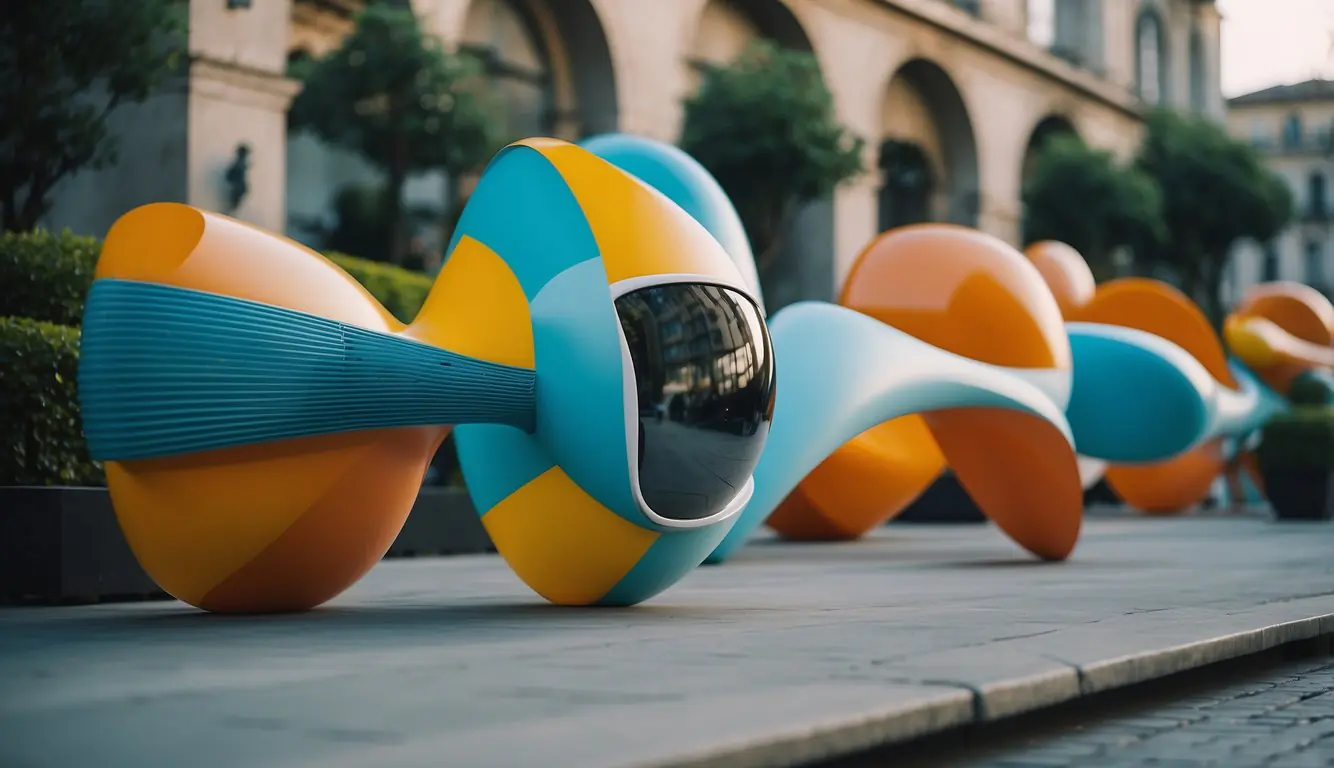
Milan’s art scene is a vibrant tableau, punctuated with dynamic public art as well as hidden gems in contemporary galleries. We find in this city a seamless blend of traditional aesthetics and modern creativity.
Public and Street Art
As we wander through Milan, the public and street art captivate us at every corner. Murals and graffiti have transformed urban landscapes into open-air galleries. Iconic installations like the Bosco Verticale redefine green living with an artistic twist. Areas like Isola and the Porta Nuova district showcase a range of street art installations that demonstrate the innovative spirit of Milanese artists.
Art Installations and Galleries
Art installations in Milan are as diverse as they are impressive, with the Fondazione Prada, a former gin distillery turned art complex, leading the discourse in contemporary art. This gallery presents thought-provoking exhibitions and permanent collections that challenge our perspectives. Our appreciation for contemporary design is further indulged through a visit to the intimate Dimore Gallery, where historical dialogue coalesces with modern design. Lastly, Era Gallery identifies as a catalyst in the art community with its cutting-edge curations.
The Museo della Permanente houses a wealth of modern and contemporary works, fostering an understanding of the ongoing cultural evolution. Here, we find a rich tapestry of artistic expressions that continue to shape Milan’s artistic legacy.
Design and Fashion
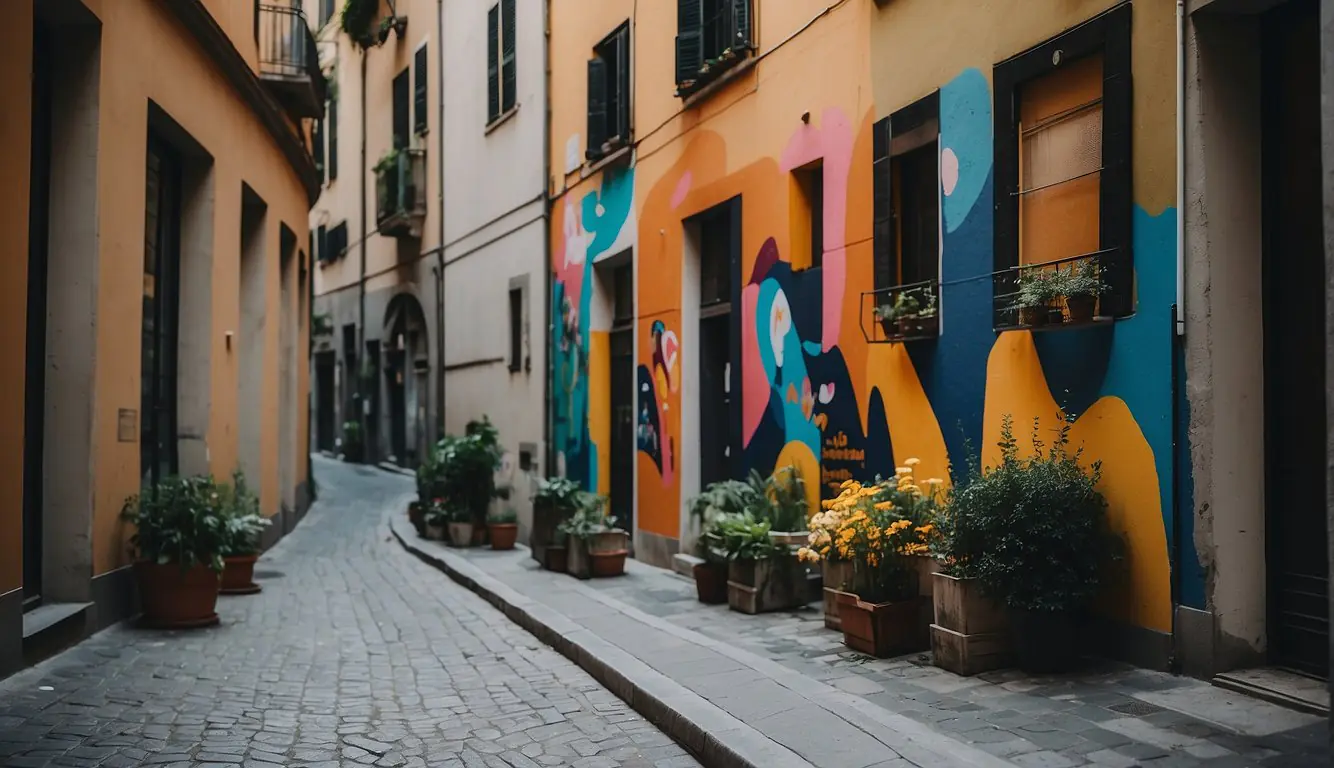
Our focus unveils the seamless blend of creativity at Milan’s heart, where the Milan Design Week and the Fashion District dominate. This convergence of design and fashion not only illustrates Milan’s cultural prowess but also showcases a diverse range of celebrated designers and opulent shopping experiences in the design districts.
Milan Design Week Highlights
The Milan Design Week is a pinnacle of innovation, spotlighting the immense talent of global designers converging on the city. It’s an event where the Salone del Mobile flourishes, providing a stage for the latest in furniture and interior design. Design districts such as Brera and Tortona transform into vibrant showcases of creativity, featuring installations from renowned brands like COS and Etel. The Triennale museum further enriches this event by hosting thought-provoking exhibitions that push the boundaries of contemporary design.
Fashion District and Shopping
Milan is synonymous with fashion, and our tour through the city’s Fashion District reflects this truth. The Quadrilatero della Moda makes for an exclusive playground, where luxury boutiques and concept stores unveil the newest trends. Within this area, one can indulge in upscale shopping, encountering everything from haute couture to bespoke Italian tailoring. Each store not only offers garments but an entire lifestyle, mirrored by their meticulously curated interiors hinting at the city’s design heritage.
Exploring Milan
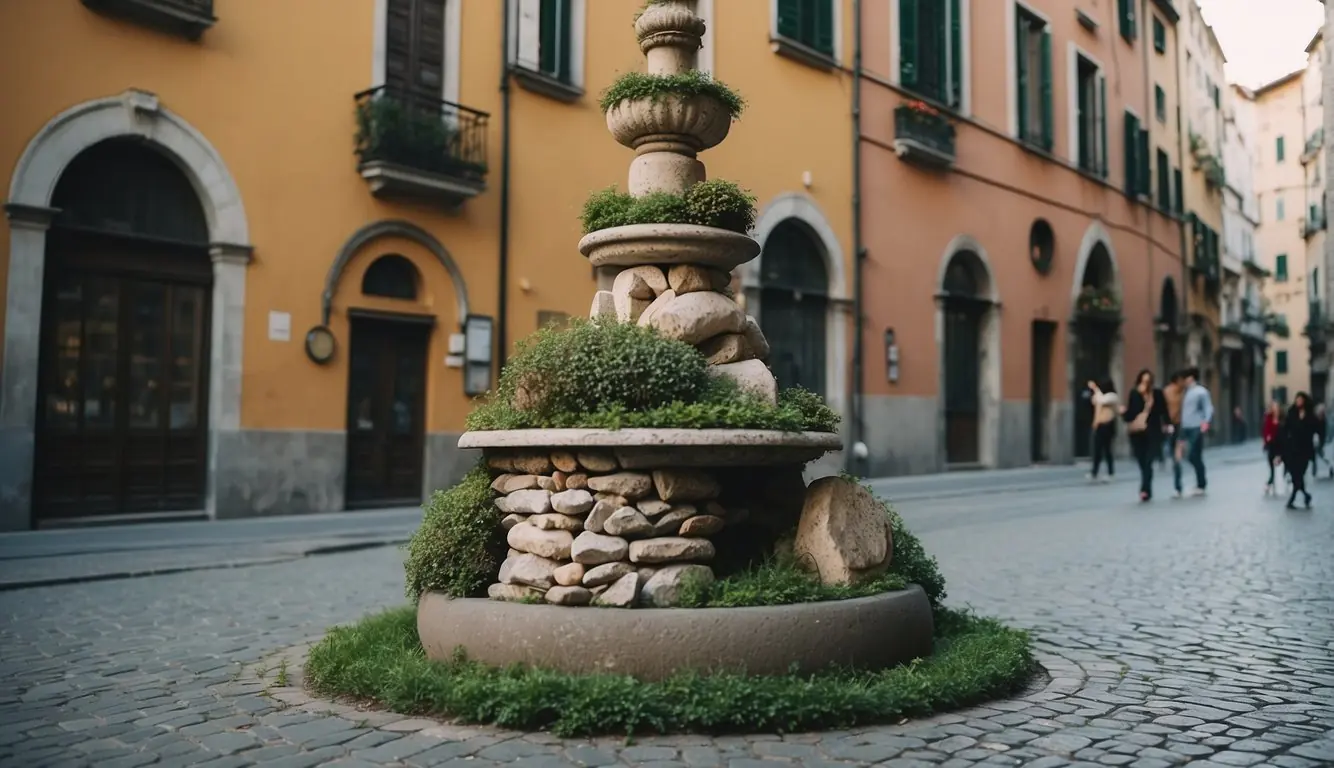
In Milan, every corner whispers a piece of history and every street flaunts its own unique canvas. We uncover the city’s allure not just through its famous landmarks but through its less-trodden paths and vibrant neighborhoods. Here’s how we dive into the Milanese culture.
Neighborhoods to Discover
Isola, once an isolated workers’ village, now stands as a vibrant neighborhood with a persona that artistically intertwines the traditional with the avant-garde. Isola’s streets are lined with hidden gems such as local eateries, workshops, and striking street art creating an open-air gallery for us to explore. Notably, Parco Sempione, the green lung of the city, offers a pleasant escape with art installations dotting its expanses.
The Brera District is the artistic heart of Milan, where charming boutiques and prestigious galleries like the Pinacoteca nestle in ancient cobbled streets. This district gives us a taste of the bohemian side of Milan, with a relaxed yet discerning atmosphere that invites curious minds to discover.
Milan Through Public Transport
Navigating Milan by public transport is an experience in itself, with a reliable network of trams, buses, and the metro that unveil layers of the city’s character. The historical trams add to the charm, making the journey an integral part of our city exploration. As we hop from one stop to another, we immerse ourselves in districts that contrast sharply, from the glossy modernity of Porta Nuova to the time-honored facades of Milan’s older quarters.
Notable Figures and Venues
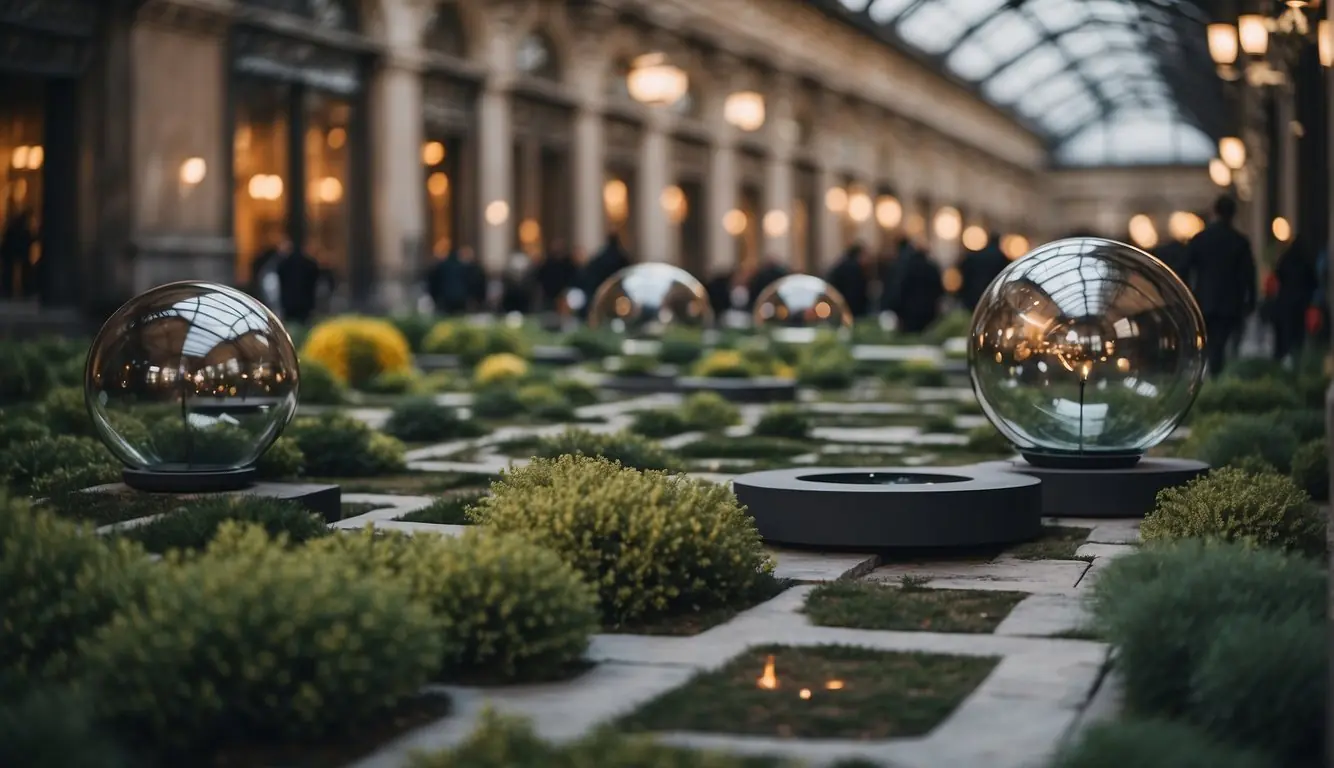
In Milan, a city layered with historical and contemporary aesthetics, we uncover the symbiosis between influential figures in art and design and the venues that house their masterpieces.
Influential Designers and Artists
Among the visionaries in the Milanese art world, the Office for Metropolitan Architecture (OMA) has left a significant mark on urban landscapes. Then there’s Nina Yashar, the founder of Nilufar Depot, a treasure trove of design that speaks to Yashar’s discerning eye for contemporary design. The city is also a canvas for MAD architects, who blend futuristic ideas with practical applications. Rosanna Orlandi, with her Rossana Orlandi Gallery, has cultivated an eclectic collection of pieces that challenge and inspire. Meanwhile, the legacy of Giorgio de Chirico lives on, his metaphysical artistry continuing to provoke thought within the clean lines of the Museo del Novecento.
Iconic Design Venues
Milan’s design landmarks are numerous, yet some stand out with distinct resonance. The Villa Necchi Campiglio is a portal to mid-century gems, encapsulating elegance and history. Here, one feels the echoes of the innovative architect Piero Portaluppi’s vision. At the Pinacoteca Ambrosiana, the masterpieces of classical art converse with the intellects that frequent the revered galleries. And not to be missed is Dilmos Milano, a haven for those seeking the thrill of contemporary furniture design. These venues not only preserve the works of the influential but also advance the dialogue between Milan’s storied past and its kinetic future.
Conclusion
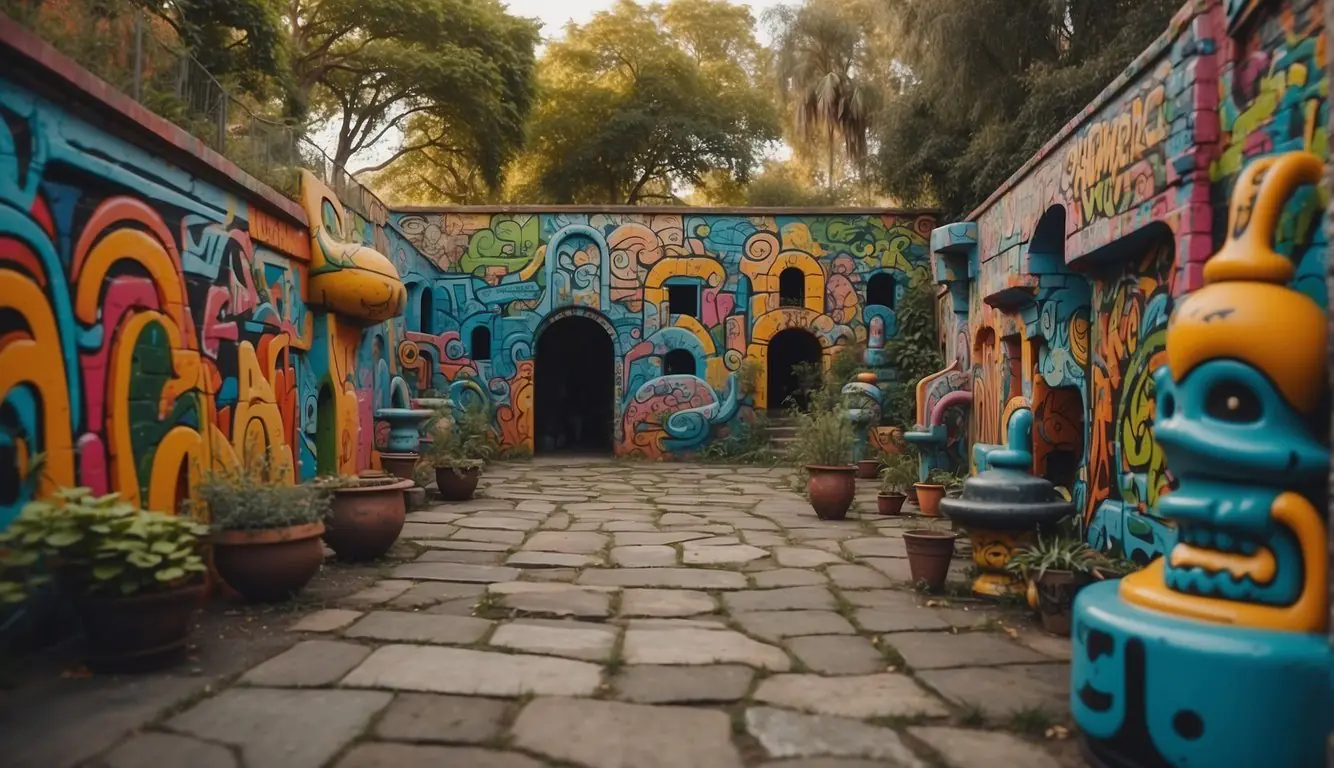
As we draw our exploration of Milan’s hidden art installations to a close, it’s evident that the city’s creative landscape is as diverse as it is enriching for art aficionados. Milan serves as an open-air museum where murals and modern installations blend seamlessly with the historic fabric of the city.
We’ve witnessed how cutting-edge artists such as Phillip K Smith III transform the urban environment into a canvas under the open sky. Their work challenges our perceptions, inviting us to see Milan through a lens of continual innovation and dialogue. Equally captivating is how events like The Diner by David Rockwell and installations by designers such as Hay, Cristina Celestino, and Patricia Urquiola add to the city’s artistic narrative.
These installations, though temporary, leave a lasting impression and reflect the ongoing conversation between old and new. They’re not just visual spectacles but narrative pieces that tell Milan’s historical and contemporary stories.
Moreover, Milan’s archival collections in venues like Palazzo Isimbardi allow us to delve into the city’s artistic past, providing a treasure trove for the knowledgeable art lover. Here, the conversation between the past and present is palpable, reinforcing Milan’s reputation as a dynamic art hub.
In essence, Milan’s art scene extends beyond its famous galleries and museums. It’s the less-traveled paths that often lead to the most remarkable discoveries, where emergent art forms and historical treasures coexist, waiting to be uncovered by those who seek them.
Frequently Asked Questions
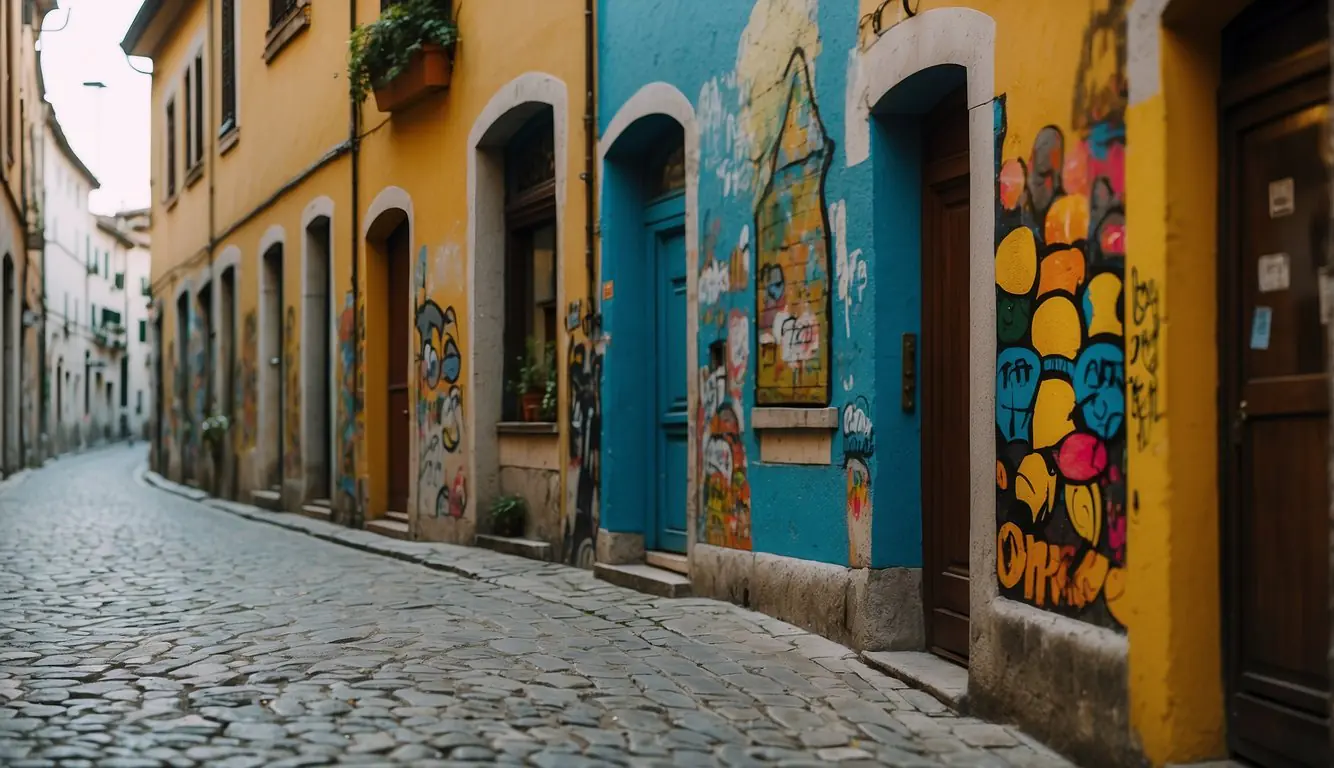
Milan’s vibrant art scene encompasses lesser-known installations and hidden gems that beckon the curious traveler. Uncovering these treasures calls for an insider’s guide to what lies beyond the well-trodden paths.
What are some lesser-known art installations to visit in Milan?
We recommend visiting the Pirelli HangarBicocca which showcases contemporary art installations in a unique industrial setting. Another hidden gem is the Casa Museo Boschi Di Stefano, where art lovers can explore a 1930s apartment filled with captivating Italian art.
Where can I find a comprehensive map of Milan’s street art?
For those seeking a detailed guide to the city’s vibrant street art, the MUDEC, or Museo delle Culture di Milano, offers resources that can help you pinpoint some of the most striking and colorful works scattered across Milan.
How can I discover the best examples of street art in Milan?
The best street art in Milan can often be found in the city’s dynamic neighborhoods. We encourage you to walk through districts like Isola and Tortona, where innovative works breathe life into the urban landscape.
What are the hidden gems of Milan’s art scene?
In your quest for undiscovered art, be sure to visit the cloisters of Milan, an unveiling of Milan’s secret green oases, which hide within private courtyards and offer both beauty and tranquility away from the bustling city streets.
Where are the most impressive pieces of graffiti located in Milan?
For impressive graffiti, the areas around Navigli and Porta Ticinese are renowned for their bold and expressive pieces. These locales boast walls that serve as canvases for renowned international street artists.
What areas should I explore for Art Nouveau architecture and installations in Milan?
To truly appreciate Art Nouveau’s influence in Milan, we advise you to visit the district of Porta Venezia, where beautifully preserved buildings and installations stand as a testament to the city’s rich architectural history.
